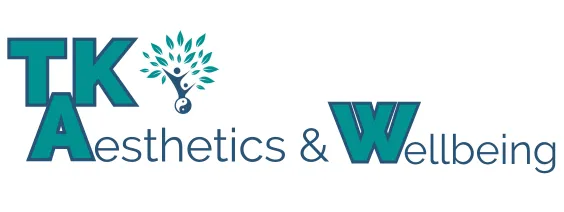
Welcome to SKINventory - your guide to help you know your skin
One of the most important things when looking at your skincare routine or treatments is understanding what specific concerns or issues you want to address.
The 9 steps take you through assessing your skin in 8 areas of the face and finish with a list of the concerns that you want to address. This process is designed to help you make decisions about products and treatments for your skin whether that is researching yourself online or discussing with a skincare therapist or aesthetics practitioner.
Undertake your SKINventory in a well-lit area and using a mirror and ensure that your skin is clean and dry without any makeup on.
Facial Areas
To really dig deep we divide the face and neck area into 9 areas. For each area carry out steps 2-6 to fully assess the entire face.

Download your printable SKINventory
To help guide and to record your findings download our printable SKINventory here
Step 1 - General
Look at your skin and note anything that immediately stands out. What is it about your skin that bothers you or concerns you?
Step 2 - General
Note any colours in the skin e.g. redness, pigmented areas - freckles / patches, blood vessels, areas with lack of pigment.
Step 3 - Lustre / Texture
How does your skin appear/feel? e.g. dry, dull, oily, waxy, luminescent, sallow, flaky, roug
Step 4 - Wrinkles
There are several different kinds of lines on the skin – we talk about hydration below that can give dehydration lines and then you have dynamic and static lines......
Dynamic lines are the lines that appear on your face when you make expressions typical areas of concern are the forehead, between the brows, around the eye area and around the mouth.
Static lines appear usually where dynamic lines are most active. These lines are still evident even when the muscles of the face are at rest.
Step 5 - Hydration
This is a really important step in analysing your skin and there is a difference between dry and dehydrated skin. To test hydration, look first around the eye area and note the appearance of the skin here – if there are very fine lines here it is likely the skin is dehydrated.
To check elsewhere on the skin gently pinch the skin between the index finger and thumb – if very fine lines appear the skin is dehydrated.
Step 6 - Lumps, bumps and pores
There are several different kinds of lines on the skin – we talk about hydration below that can give dehydration lines and then you have dynamic and static lines......
Dynamic lines are the lines that appear on your face when you make expressions typical areas of concern are the forehead, between the brows, around the eye area and around the mouth.
Static lines appear usually where dynamic lines are most active. These lines are still evident even when the muscles of the face are at rest.
Clinic Address:
77 Willowfield Parade
Belfast
BT6 8HQ
Tel: 07757 027 263



